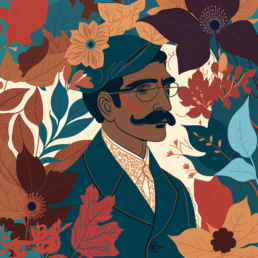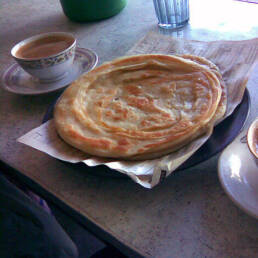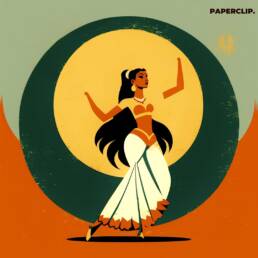Those trending media photos of Narendra Modi wielding a big camera in the Bandipur Tiger Reserves reminded us of a brave soul who defied the mighty British Raj also chronicling events with a camera.
In the rugged lands of Ratnagiri, in the heart of Maharashtra, a prodigy was born in 1890. Narayan Vinayak Virkar. Despite the many challenges that he faced as a photographer in the colonial era his work remains a testament to the resilience and power of art. His passion for photography was ignited by none other than the legendary Shripad Damodar Satwalekar in Lahore, a man known for his artistic talent, patriotic fervour, and deep knowledge of the Vedas. At his request, Virkar came to Bombay for a new beginning.
As fate would have it, Virkar’s skills were soon put to the test when he landed a job as an X-ray photographer on the mighty HS Madras, a hospital ship known for its illustrious service during the First World War.
After returning home, he set up his own studio on the bustling Girgaum Road in Bombay, the city of dreams, and Nasik, where he captured the faces of the local elite and their loved ones. His fame spread far and wide, but Virkar was destined for greater things.
An ardent patriot, he held firm to his nationalist beliefs, immortalising key figures in India’s independence struggle such as Gandhi, CR Das, Bose and Tilak with his portraits. His unwavering patriotism made him the de facto historian of Congress events for several decades.
With relentless dedication, Virkar carried his large photography equipment through the bustling towns of India and covered important political events. In the early 1900s Virkar was rarely absent from the political scene in Bombay. All for no financial gain.
During the turbulent times of the twentieth century photography was also a tool of those in power. The colonisers, both those in official power and those in the shadows, turned to the magic of cameras to justify their heinous deeds.
After the Jallianwala Bagh massacre, where countless innocent lives were lost due to the brutal and tyrannical actions of General Dyer’s forces, an ugly game of politics was played to shield Dyer from the consequences of his actions.
And when the investigators arrived, hoping to shed some light on the matter, they compiled a photo collection that predominantly depicted Indian mutiny at the helm, not the site of Dyer’s fatal shooting.
The photographs archived by the authorities, especially those depicting the site of the massacre, were hauntingly devoid of people. It was a veiled attempt to create a sense of dread with nobody in sight and put the alleged provocations by the Indians in the spotlight.
But Narayan Vinayak Virkar had other ideas. He arrived in Amritsar a few days after the massacre. There he deviated from his usual forte of portraiture and commenced the unconventional task of capturing a chilling crime scene.
Virkar’s photographs captured the haunting aftermath of the Jallianwala Bagh massacre. The wall, once riddled with bullets that claimed the lives of countless villagers, now bears witness to the power of anti-Dyer graffiti along with the survivors.
In these images, the bullet holes are circled by white chalk, drawing the viewer’s attention to the undeniable evidence of Dyer’s brutality. As the crouching survivors in the photographs point to these marks, we can’t help but wonder: what other horrors lay hidden within these walls?
The powerful and memorable photographs shook the foundations of authority. He used his camera as a weapon against colonial tyranny. A great example of the incredible impact one person armed with a camera can have on a country if used correctly.
Sources:
Christopher Pinney, The Coming of Photography in India, British Library, http://cscs.res.in/dataarchive/textfiles/textfile.2008-09-18.0407124465/file
Willcock, S. Guilt in the Archive: Photography and the Amritsar Massacre of 1919. History of Photography, https://eprints.bbk.ac.uk/id/eprint/27606/3/27606.pdf
Malavika Karlekar, PHOTOGRAPHER’S DILEMMA, The Telegraph, https://www.telegraphindia.com/opinion/photographer-s-dilemma-making-stylistic-choices/cid/384272
Nehru Memorial Museum Library
Christopher Pinney, The Tiger’s Nature, but Not the Tiger: Bal Gangadhar Tilak as
Mohandas Karamchand Gandhi’s Counter-Guru




